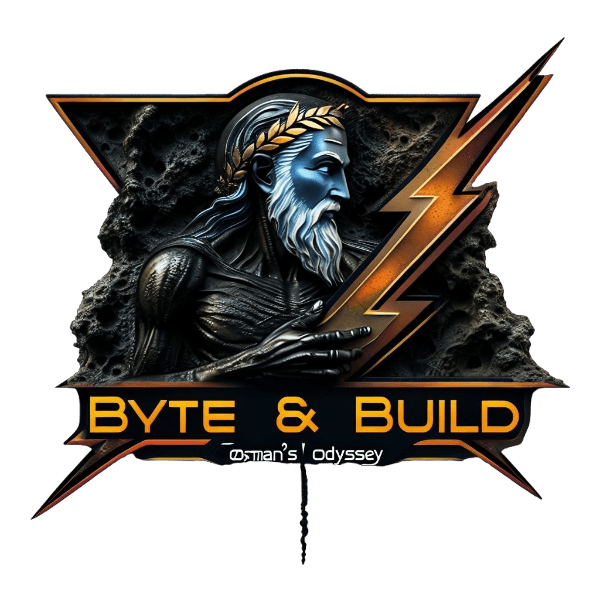
Privacy · · ·
-
Private Screenshot Organizer with LMStudio (Runs Fully Local)
Posted on
13 MinutesOrganize Screenshots with Local Multimodal LLMs, No Cloud Needed
I run an AI screenshot organizer locally from my PC. I don’t want to send my screenshots anywhere on the internet; my data is mine, and sending it to any proprietary model means I am giving away the rights to it. So, I have a local VLM pipeline that organizes all my screenshots, this pipeline was previously powered by my 14x RTX 3090s Basement AI Server and now is running directly from my PC with LMStudio SDK and occupying less than 6GB of GPU VRAM.
Recently LMStudio released their Python and Javascript SDKs . LMStudio is my go-to LLM desktop application , especially for models running directly on my PC and not AI Cluster. I have been intending to give their Python SDK a try with a small project, and the release of Gemma 3 new 4-bit quantization made me pull the trigger.
Given that Gemma 3 is a multimodal that accepts both image and text as input (4B, 12B, and 27B; 1B is text only), and the wild size (and performance) that the QAT quantization makes the model sit at, I decided to rewrite my screenshots organizer to run directly from my PC.
This article starts off slow, but it ramps up and gets way more interesting as we go. If you’d rather jump straight into the action, feel free to skip ahead to the Prerequisites section. And yep, this works on pretty much any image, not just screenshots.
My Screenshots Folder with 875 Screenshots
I hate a desktop littered with screenshots named Screenshot 2024-05-15 at 11.23.45 AM.png, Screen Shot 2024-05-16 at 9.01.12.png, or even worse, Untitled.png. The screenshots folder used to be where things went to die unless I use them right away. And then, sometimes, I find myself wondering about that one screenshot from 4 months ago!
When Qwen2-VL came out last year, I built an asynchronous pipeline that ran on my AI cluster to automatically rename, categorize, and organize my screenshots based on their content. Given my atypical use of my AI cluster, that pipeline didn’t run frequently, and I much preferred to run it from my PC directly; but I also didn’t want to replicate the complex software configuration on my PC. You can learn more about how I use my AI cluster in this blogpost . Again, LMStudio simplifies these processes on my PC, one-stop shop for ai models kind of thing, and I already have enough headaches to add more to it; so, ultimately, I ran this pipeline from my AI cluster every few weeks once the screenshots mess bothered me enough to go around remembering how to get the pipeline up and running.
In this post, we’ll build a practical screenshot organizer step-by-step, and in parallel we’ll get introduced to the core functionalities of the lmstudio-python library.
We’ll create a Python script that: